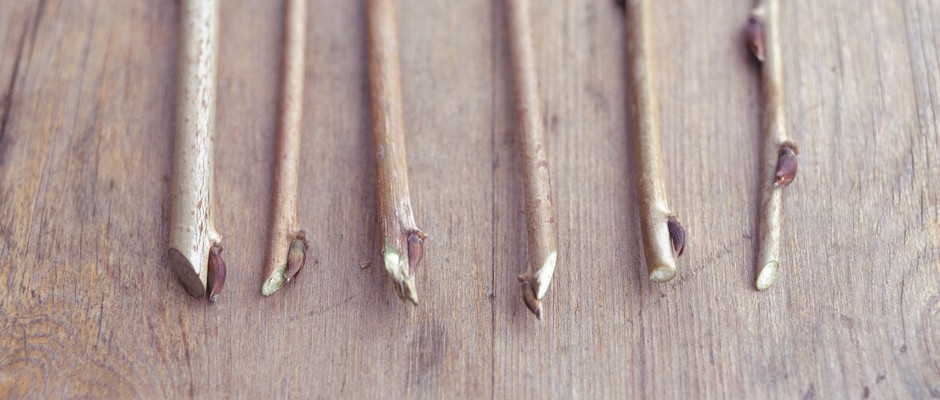
The principles of pruning
An essential gardening skill is pruning. Here's the initial principles of cutting back and pruning to maintain healthy-looking, prolifically flowering or beautifully shaped trees, shrubs and perennials. Words John Hoyland, photographs Gavin Kingcombe
The mysteries of pruning can seem so daunting that nothing ever gets pruned. This, though, is not necessarily a bad thing: more damage can be done to shrubs and trees by pruning them badly than by leaving well alone. But pruning correctly can have a dramatic impact on the beauty and health of a plant. Fearful gardeners often take refuge in stories one hears about there being no difference between randomly pruning with the brute force of hedge trimmers and pruning slowly and carefully in the correct way. This may be true for a few plants, but in order for the vast majority to thrive they must be pruned correctly.
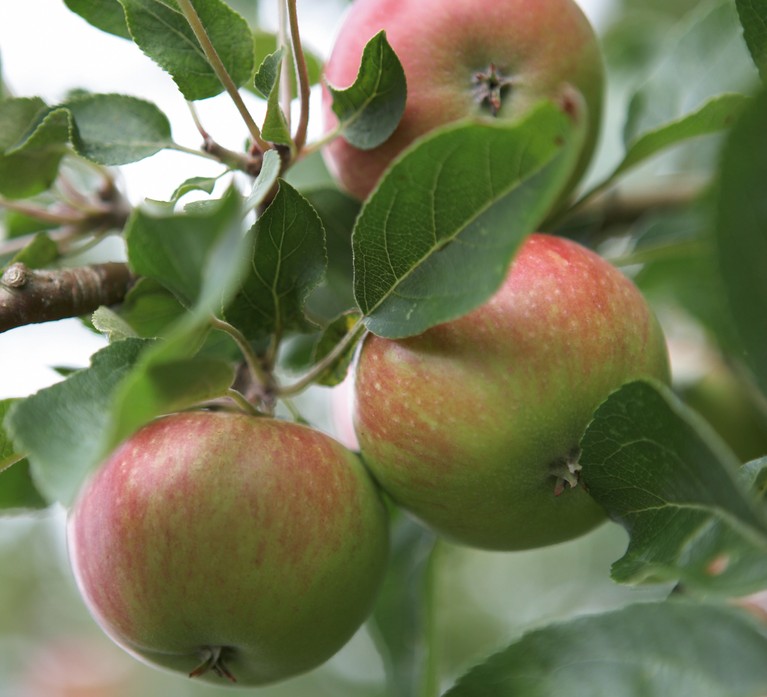
The first step in overcoming our fear of pruning is to understand why a particular tree or shrub needs to be pruned. The most obvious reason might appear to be simply to control the size and shape of a plant: after all, both simple hedges and extravagant topiary need regular tidying, or they become leggy and misshapen. Another reason is to remove damage caused by weather or disease. If you're looking for advice on pruning tools, here's our pruning tools round up.
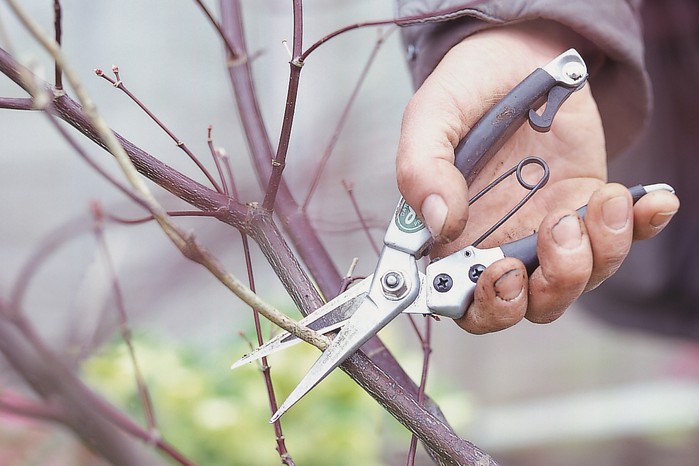
What is pruning?
Why do we prune?
Understanding how plants grow and develop, and the effects on plants of cutting into a stem, is important for successful pruning. Many gardeners have an aversion to the science of plant growth, but, when it comes to where and how to prune, a little bit of botany goes a long way. The buds at the tip of tree and shrub stems – the apical buds – produce growth-restricting hormones (known as auxins) that are sent back through the stem to buds lower down. Auxins inhibit the development of these buds into further stems that would overcrowd and compete with the dominant apical bud. Removing this stem allows the lower set of buds to form into stems. These new stems will, in turn, produce auxins to inhibit the lower buds.
It is easy to understand this process when you consider a yew hedge. Anyone who has planted a yew, or any other hedge, knows that, until the hedge reaches the height you want, it is thin and straggly. The moment you cut the leading stems the rest of the hedge begins to sprout new shoots and will quickly thicken out. The yew is trying to grow into a large tree, but the constant clipping prevents it from forming a trunk, and encourages shoots to form lower down the hedge. These principles are the same for all trees and shrubs that are pruned.
Make the pruning cut correctly
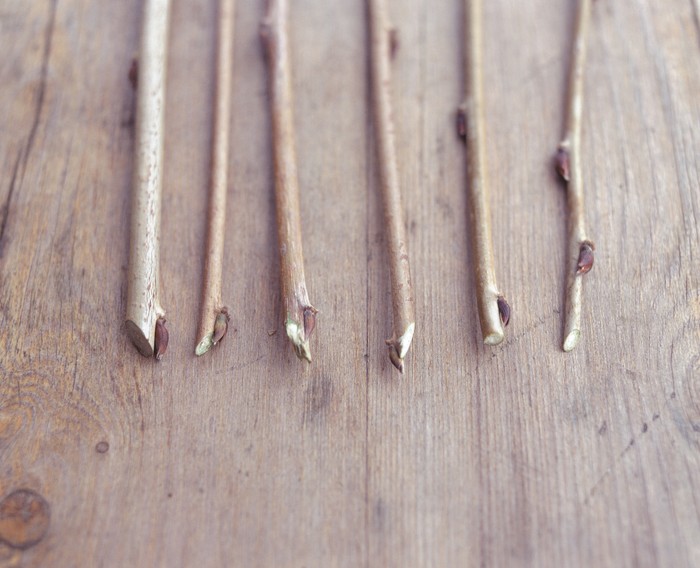
For all shrubs that have individual stems pruned the cut is the same.
Make a clean cut just above a bud, at an angle sloping away from it. Do not leave too long a stem above the bud (far right - 1) as this will rot and allow disease to get into the rest of the healthy stem. Making a flat cut (2) means that moisture does not run off the cut, again causing rot. Cutting too low (3) robs the bud of part of its food source. A snag from blunt secateurs (4) provides a home for pests and diseases. Cutting towards the bud (5) channels rainwater into it. The best cut is a sharp angle with a clean edge just above the bud (6).
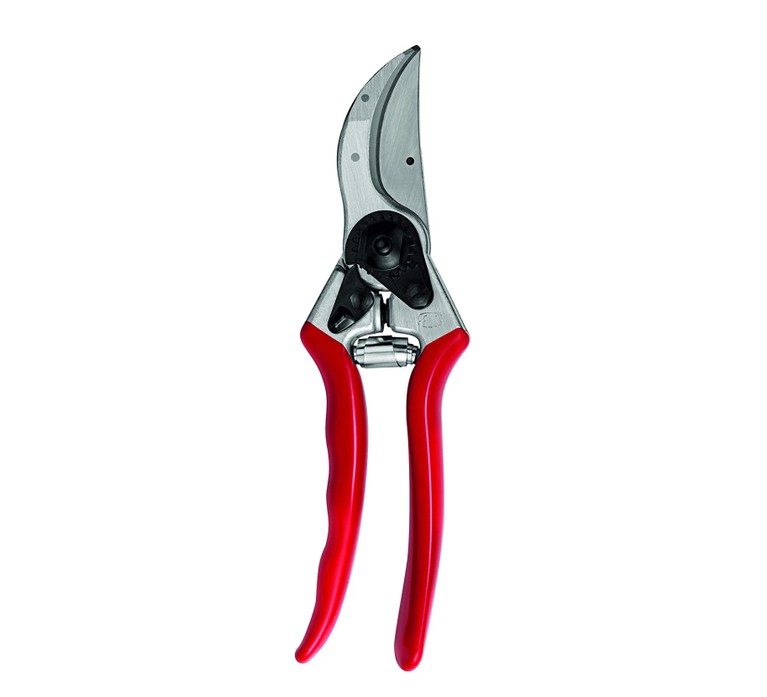
Pruning old wood or new growth
The most common reason to prune is to increase the flower and fruit production of trees, shrubs and even perennials. It is this aspect of pruning that seems complicated and leads to most anxiety: some plants flower on this year’s growth, others on old wood; some plants flower early in the year, others much later. All need different pruning regimes. But don’t be put off. Begin by learning about the plants you grow. You don’t need to know how to prune, say, Edgeworthia if the only shrubs in your garden are buddleias. Remember, though, that not all species of the same genus are pruned in the same way.
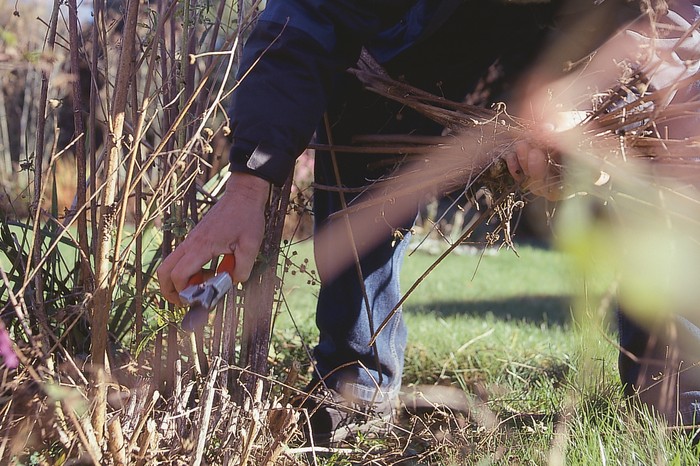
When to prune
The correct time of year to prune varies from plant to plant. Pruning at the wrong time will not kill a plant, although continually doing so might weaken or damage it. In general, the worst time to prune is immediately after new shoots appear in early spring. Removing new shoots limits the amount of energy a plant can generate to produce more growth. Also avoid removing shoots in early autumn, as this may encourage late growth, which will be unable to withstand winter weather. These are principles, not rules. Sometimes pruning at the ‘wrong’ time is unavoidable. If a shrub becomes damaged by wind, by the dogs chasing pigeons, or by an inattentive builder, it is best to prune out the damaged stems immediately.
Don't rush pruning
It is easy to get carried away when pruning and to end up cutting more than necessary. Cutting back a plant often has a dramatic effect and this can generate an enthusiasm that is hard to control. Pruning isn’t piece work: take it slowly. Savour the moment and contemplate how much good you’re doing to the plant and how much better the garden will be for it. If you begin to feel an adrenalin-rush it is probably time to stand back and reflect on whether what you are doing is really necessary.
More like this
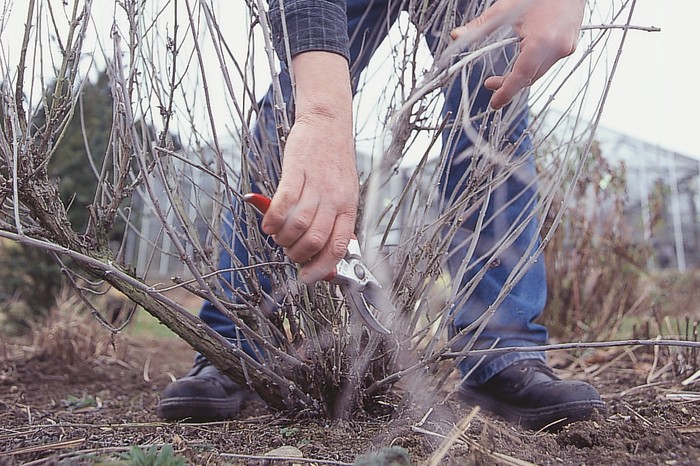
Leave some jobs to the professionals
Dealing with large trees, or anything that involves a chainsaw, is a skilled and dangerous job. For tree work it’s better to call in the big boys.

Authors

Niwaki bundle worth £57 when you subscribe
Subscribe to Gardens Illustrated magazine and claim your Niwaki bundle worth £57
*UK only
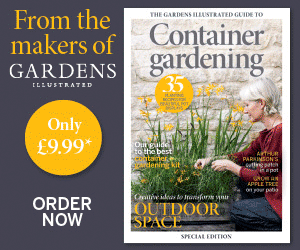
Container Gardening Special Edition
The Gardens Illustrated Guide to Container Gardening.
In this special edition, discover colourful flower combinations and seasonal planting schemes for pots designed by leading plantspeople, and essential know-how for container gardening success. Just £9.99 inc UK p&pBy entering your details, you are agreeing to our terms and conditions and privacy policy. You can unsubscribe at any time.
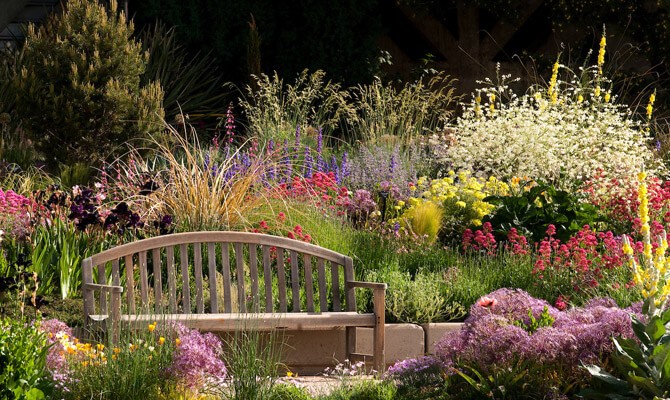
Gardens of the Globe
From botanical wonders in Australia to tranquil havens closer to home in Ireland, let this guide help you to discover some of the most glorious gardens around the world
By entering your details, you are agreeing to our terms and conditions and privacy policy. You can unsubscribe at any time.





